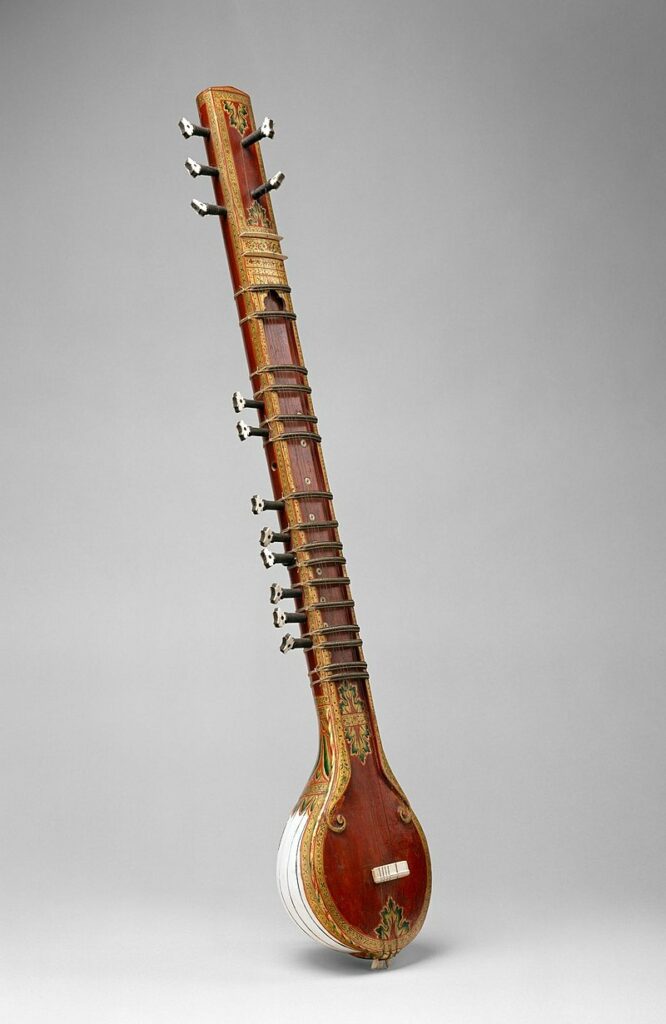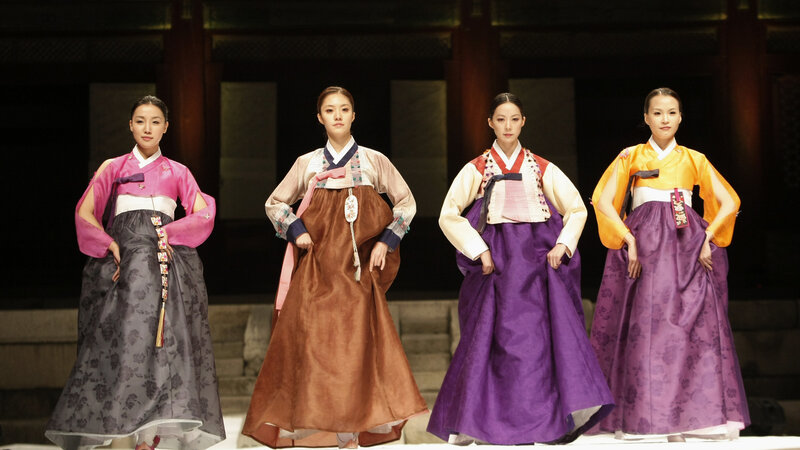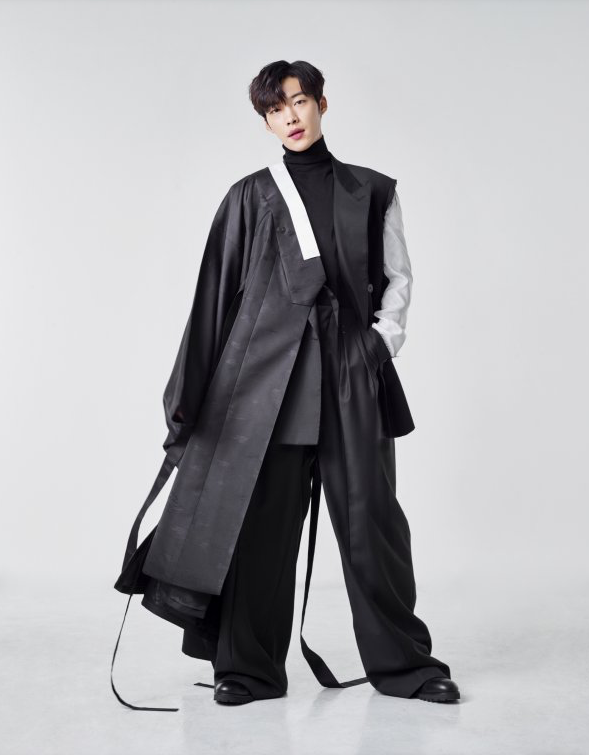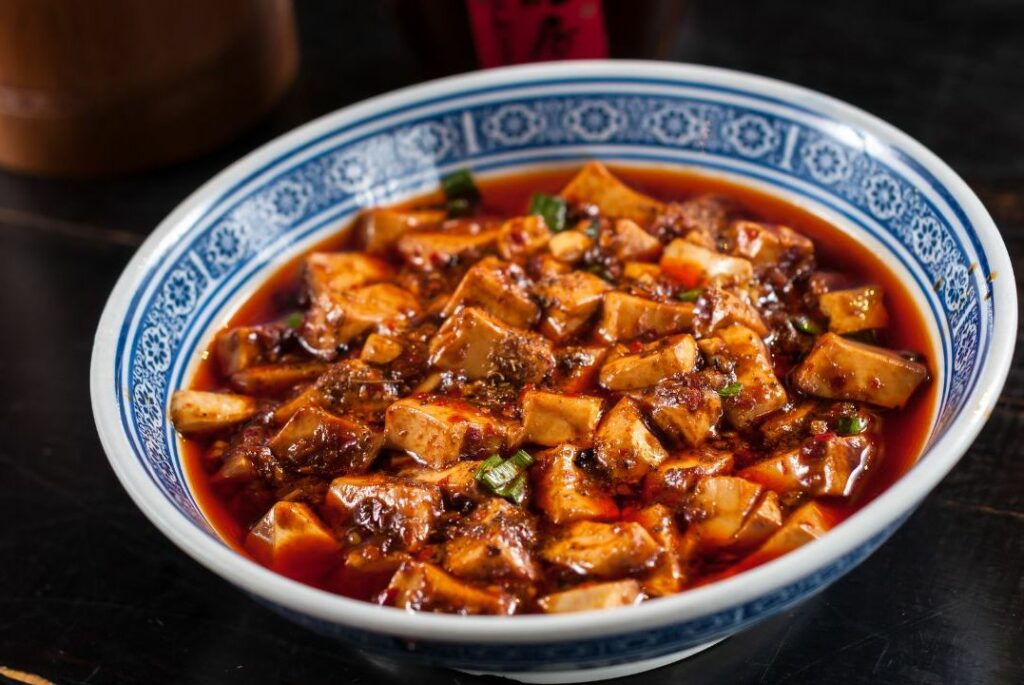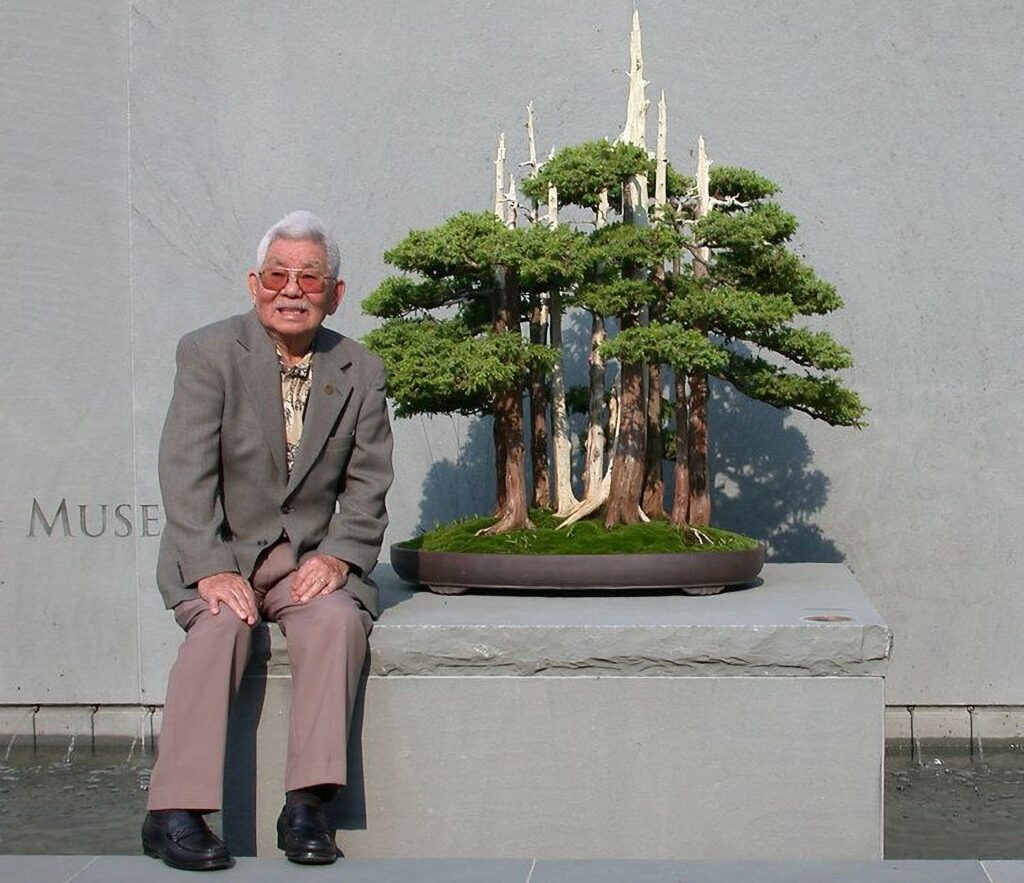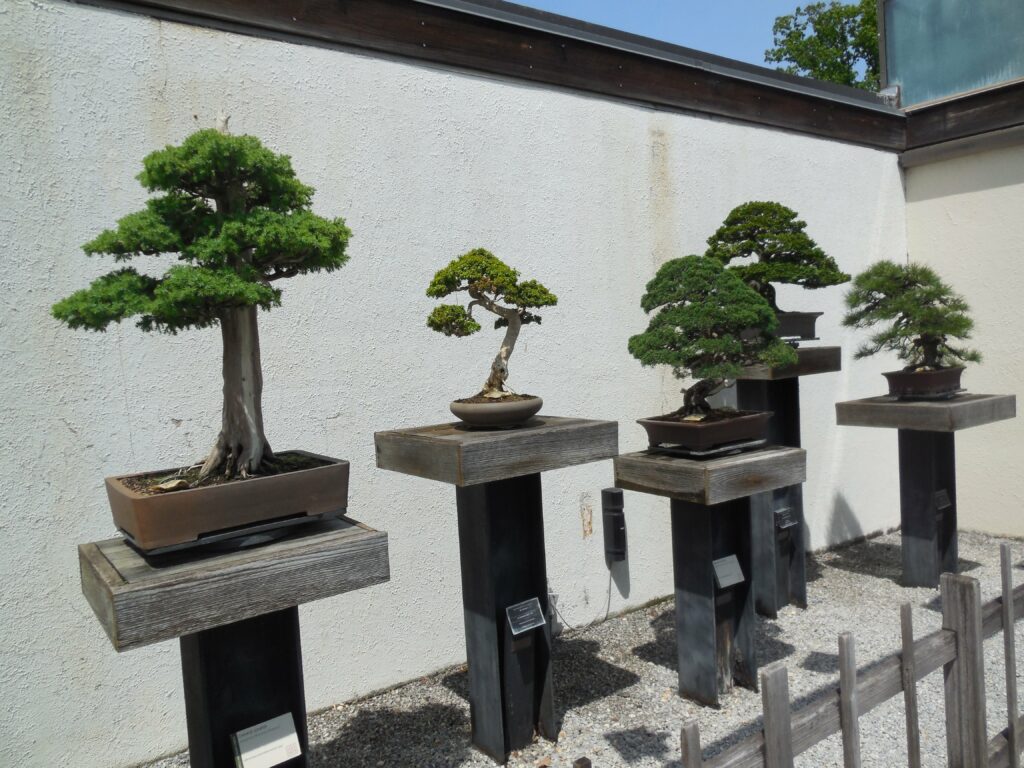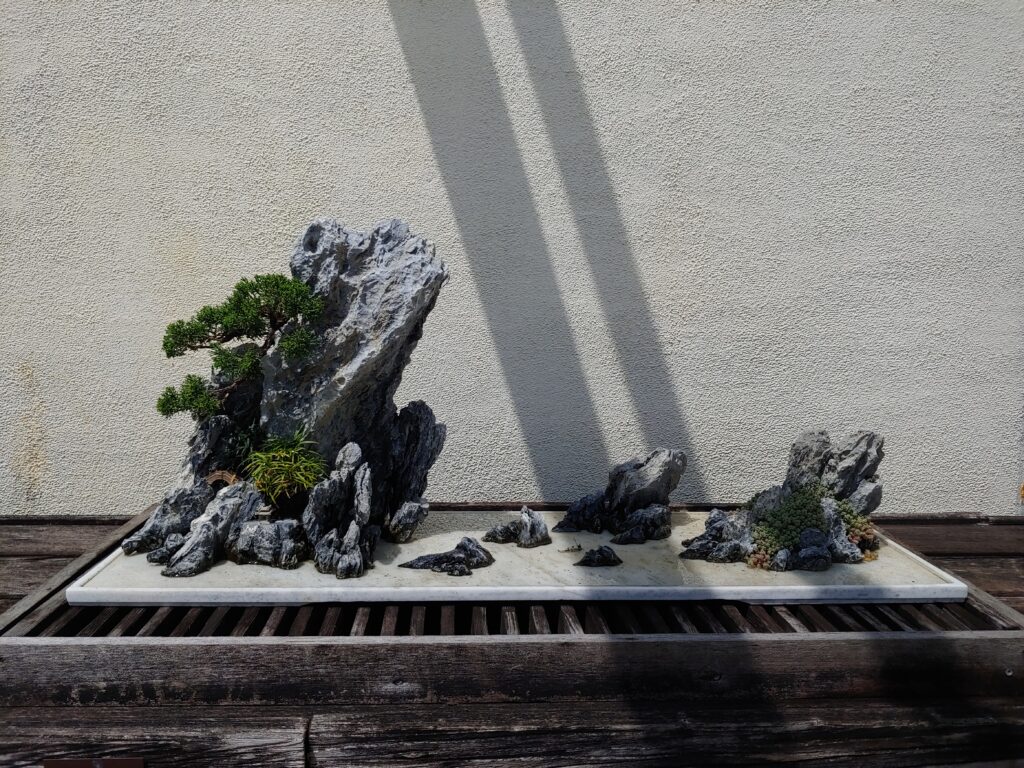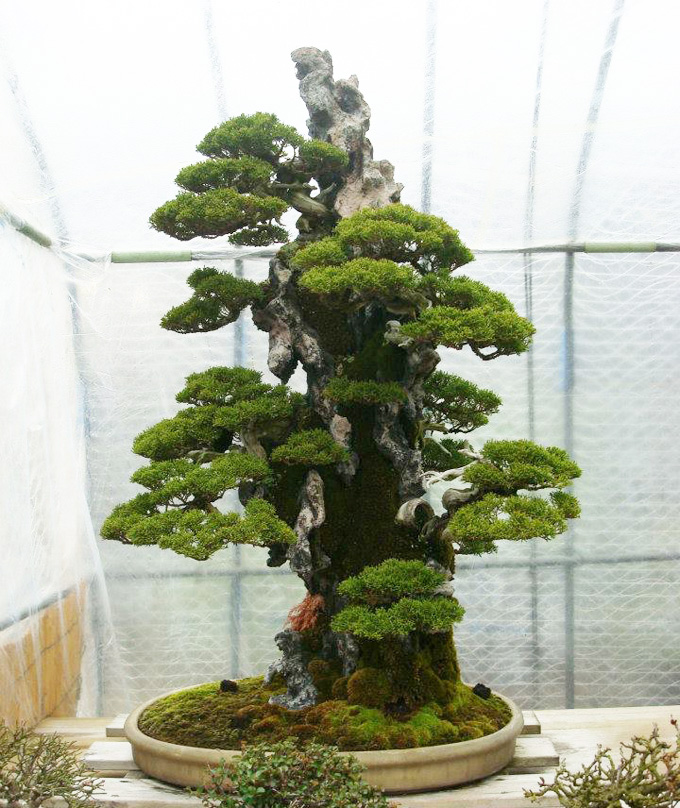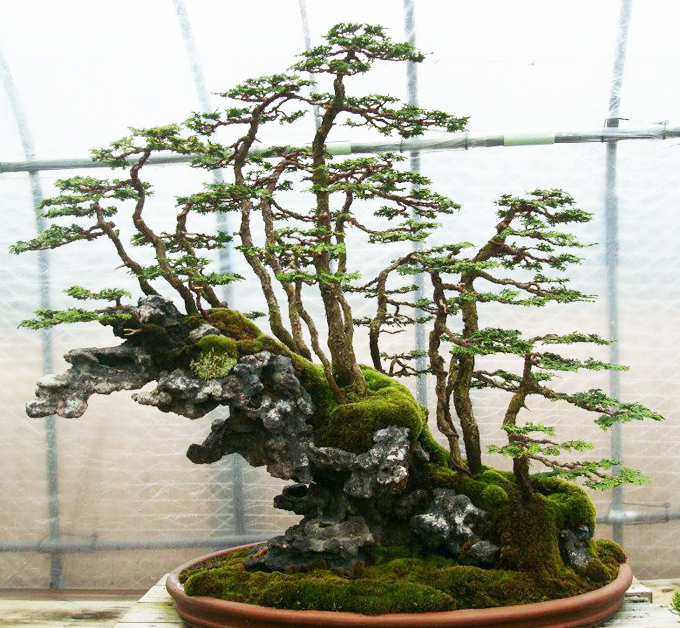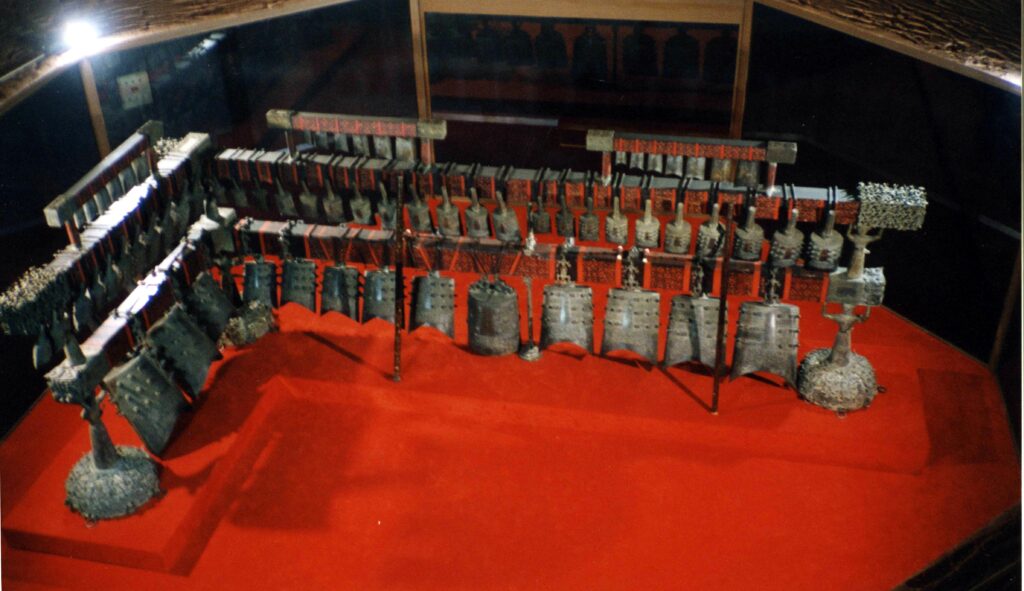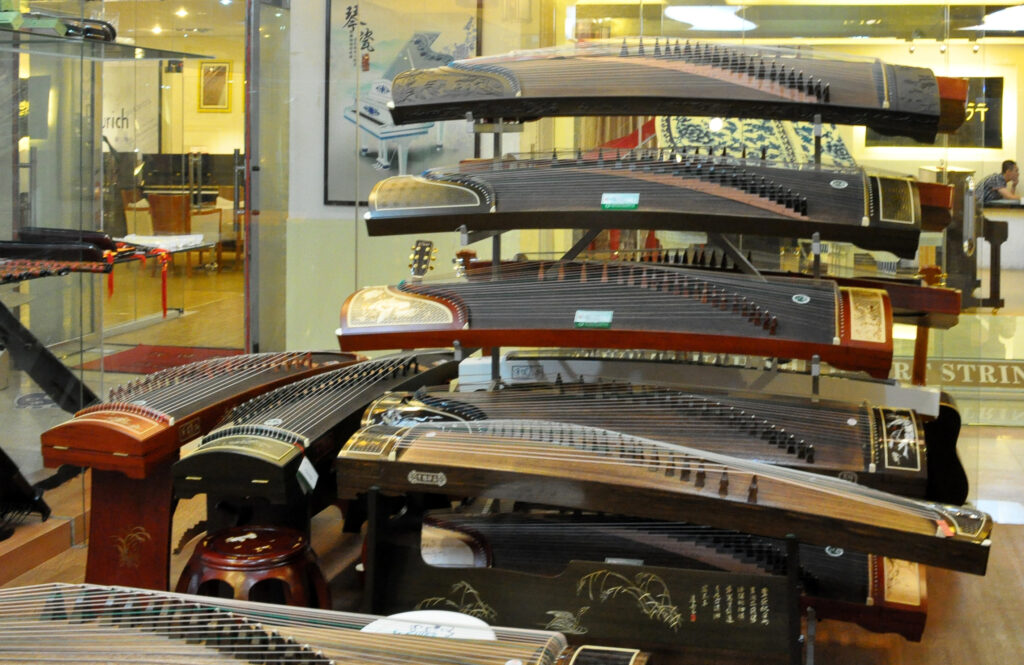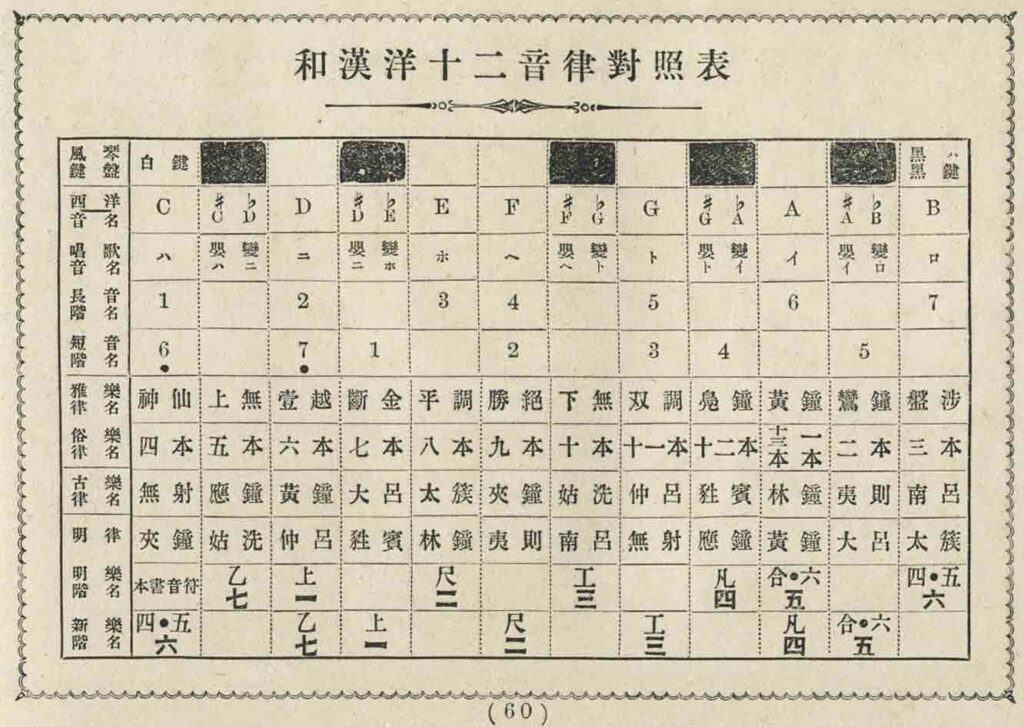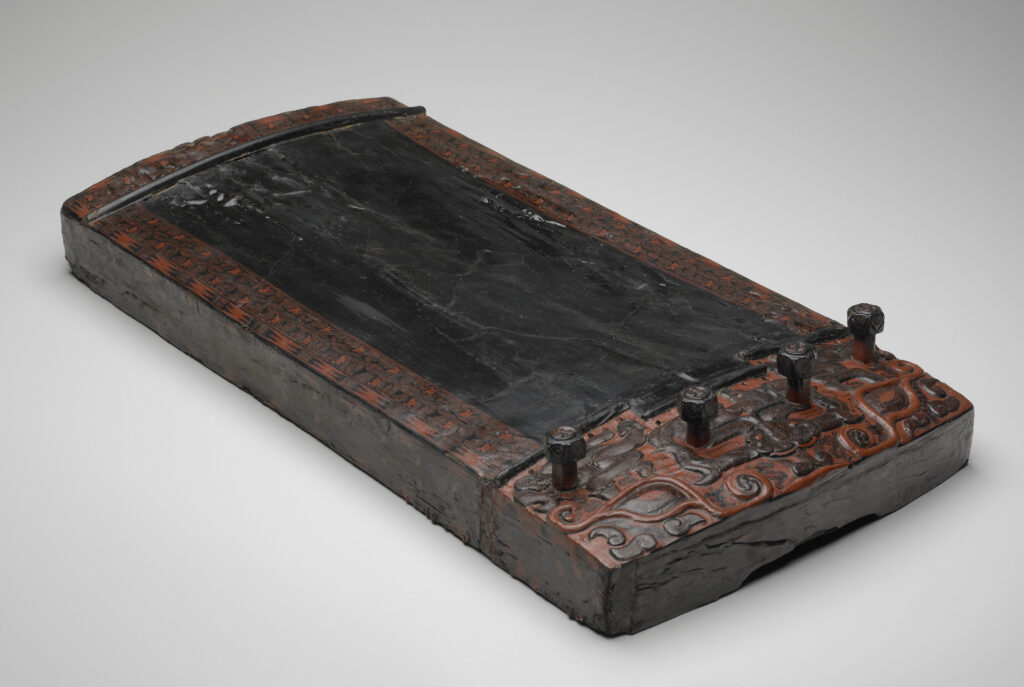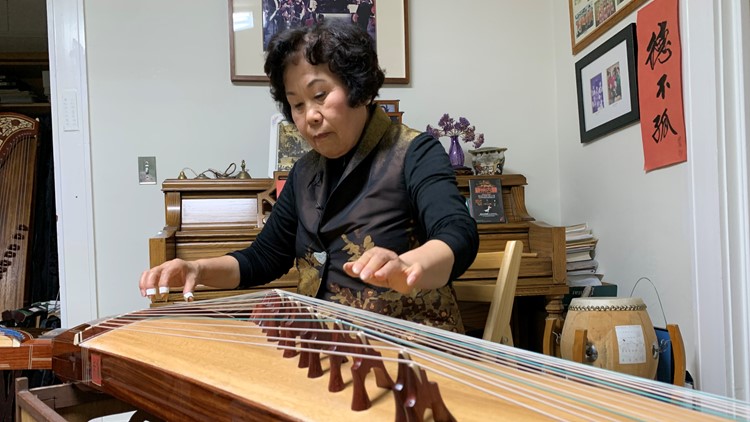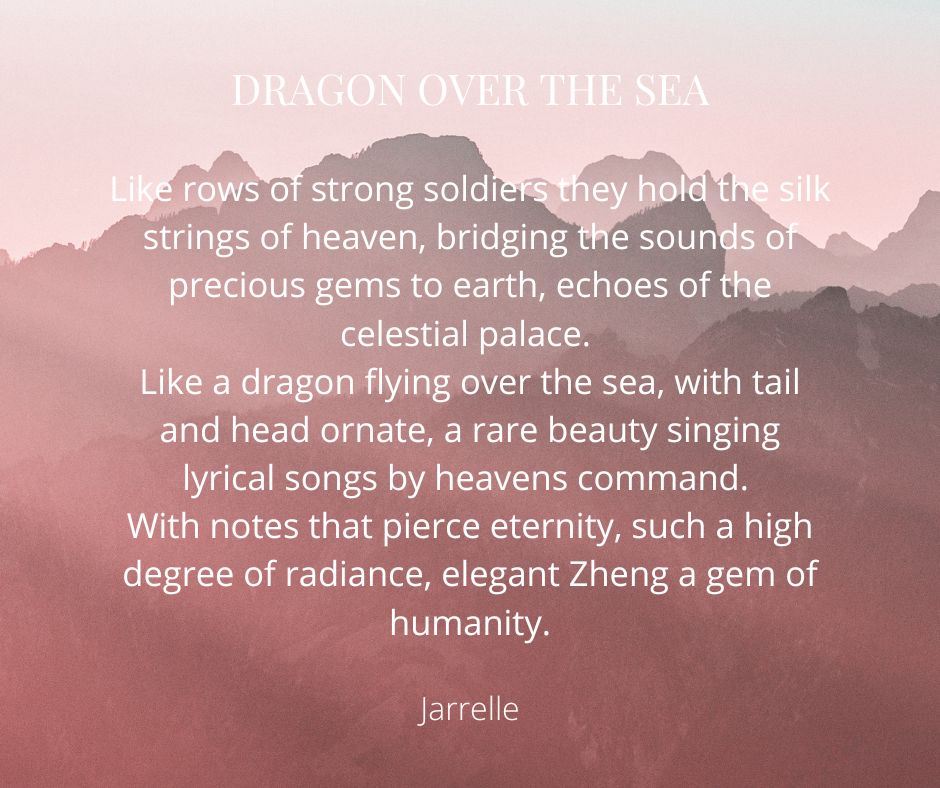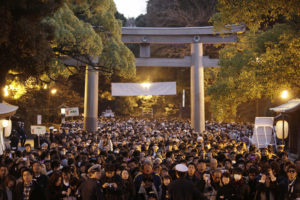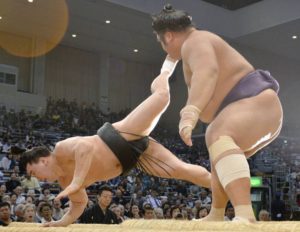Photo by Caitlin Abrams
Boba tea is a much beloved beverage enjoyed across the world, many people are familiar with this tasty sweet drink, however do we know the history of its origins? Boba tea actually originated in Taiwan, in 1986 two tea shops named Chun Shui Tang and Han lin Tea Room both claim the creation of boba tea. “When we started to drink iced tea, we found there was a lot of variation. So my dad started to think, what else can we do?” says Angela Liu, the daughter of the founder of Chun Shui Tang. Story has it that Angela Liu’s father, Liu Han-Chieh, asked his staff to experiment with different textures and toppings, and one of the staff decided to add tapioca balls, hence the creation of boba tea. In Tainan, at the Hanlin Tea Room, its founder was inspired by the tapioca balls he saw at his local market. “He’d been thinking for a couple of days how to increase the value of his drink, when he suddenly noticed the starch balls in sugar water that a grandmother was selling,” “He thought: why is this only paired with sugar? So he added it to tea.” Jack Huang, operations manager at Hanlin Tea Room.
The tea became so popular that both claiming teashops took it court, which ended up in a decade long legal battle over who owns boba tea. In 2019 the courts decided that since boba tea was not patented they would dismiss the case. Boba balls are made from a mix of water, sugar and different starches. Then the boba dough mixture is rolled into tiny balls that are boiled till they are chewy. Because of its soft and supple texture, cassava root is the main starch used , however for a firmer finish sweet potato starch is used. The distinctive dark brown caramel color comes from using brown sugar instead of white sugar. The earlier boba teas were made from sweetened black iced tea, milk, and lactose free creamer. Today there is such a larger variety of boba tea available, many are made from jasmine tea, oolong tea, tieguanyin tea, and some are even made with fruit based drinks.
If you can’t make it to Taiwan to try boba tea, don’t fret, you can try in Minnesota too! You can find boba tea in St Paul, Minneapolis, and in other locations. Some of the most well known boba tea shops in Minnesota are:
- Tii Cup
- Sencha Tea Bar
- Feng Cha
- Pa Tea and Poke
- Tiger Sugar
If you have not tried this delicious Taiwanese drink you are missing out!
Reference: https://www.nationalgeographic.com/travel/article/what-is-boba-bubble-tea-taiwan https://mspmag.com/eat-and-drink/it-s-boba-tea-time/


